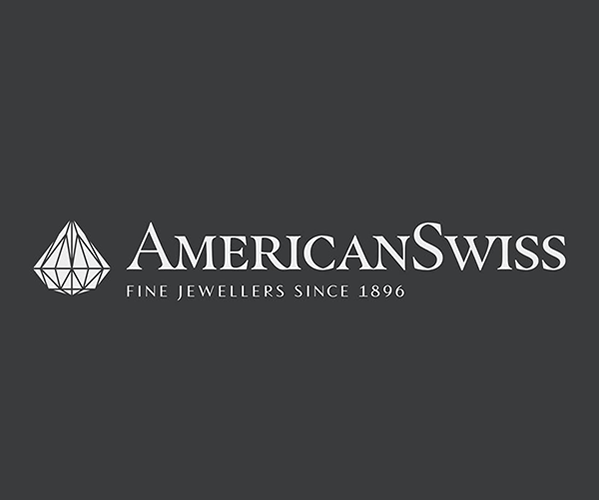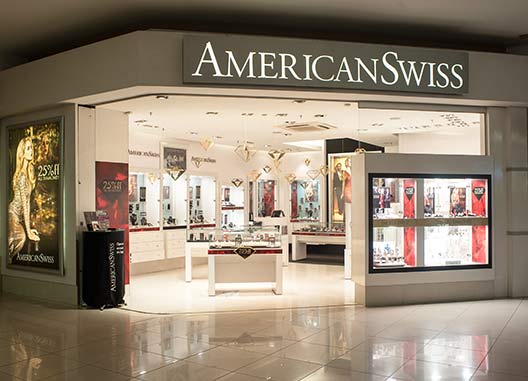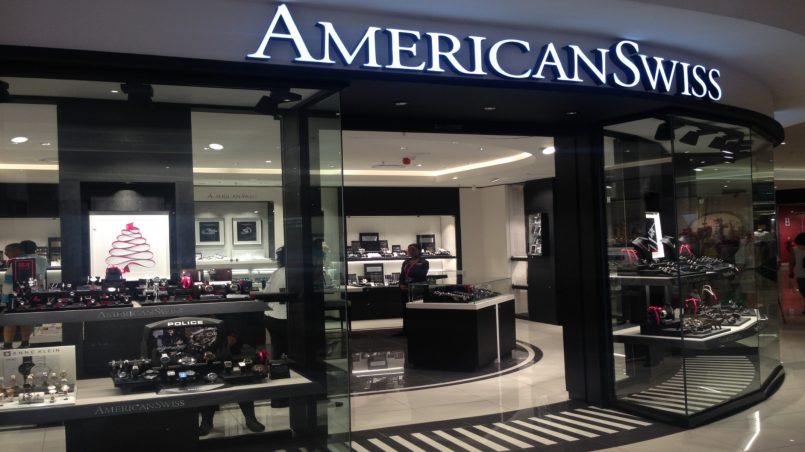American Swiss is South Africa’s largest retail jewellery business. This article addresses the strategies and business practices that succeeded and failed as the company expanded from one store founded in Cape Town.

The history of American Swiss is interesting in itself, and is also an almost text-book example of how a small family business can grow into a large corporate organization.
How Paul Saad Turned FUTURELIFE® Into A Successful Multinutrient Brand
Background

In 1896, Isiah Hirschsohn arrived in Cape Town with a suitcase full of watches, half of which were American and half of which Swiss. He formed the American-Swiss Watch Company and opened a small shop in Caledon Street.
He ran the business alone until 1908 when he was joined by his cousin, Mr Rosenzweig, and a Malay messenger, Ismail Howell.
In 1912, the American Swiss shop moved to the corner of Parliament and Longmarket Streets 357, and it was here in 1913 that the company was held up by the infamous Foster gang who stole jewellery valued at £5 000.
From A Prisoner To A Billionaire – How Xolane Ndhlovu Turned Adversity To Success
In 1922, Isiah Hirschsohn’s son, Phillip, joined American Swiss. In the same year, the company launched its own brand of watch, the Union Special, named after the Union Ltd Special, a train which ran from Cape Town to Pretoria.
A number of advertising gimmicks, including dropping the watch from aeroplanes and tying it to the wheels of trains were used to publicize the watch.
In 1925, Phillip Hirschsohn’s brother, Louis, joined the company. In 1932, American Swiss became the first jeweller in South Africa to sell goods on credit.
How The Paddock Brothers Launched & Successfully Sold GetSmarter For R1.4 Billion
During World War II, it was difficult to obtain merchandise from Europe and the shop was forced to close two or three afternoons a week. Since jewellery was scarce the company began to sell other goods, such as curios, and opened a mail-order business to supply other areas within South Africa.
After the war, the American Swiss shop in Parliament Street was rebuilt. To pay for this new building, the company tried to expand its business by introducing photographic equipment, sports goods, and luggage.
These new lines all proved disastrous and were gradually phased out. At this time the company still only had one store which was run by Louis. In 1961, the company bought a small business in Burg Street, Van Raan’s, but did not change its name to American Swiss.
How A Messy Divorce Helped Nomfundo Mcoyi Buid Her Funeral Service Empire
Phillip Hirschsohn’s son, Clive, joined the company in 1949, and from 1962 onwards assumed the responsibility of running the business. In 1964, the company bought Harris and Co., a shop on the corner of Strand and St George’s Streets, at the same time Van Raan’s was closed.
In 1965, the company leased a department in a shop in Claremont, F. J. Pearce. This move was designed to test the concept of a jewellery store within a large store and was seen as a means of spreading American Swiss stores through the country.
How Whitey Basson Revolutionized The Retail Industry of South Africa
TFG Acquisition

By 1967, the idea had proved successful and American Swiss approached Stanley Lewis of Foschini to put American Swiss shops into Foschini stores outside Cape Town. Although Foschini had about 100 stores in 1967, they turned down the request because the individual Foschini stores were too small.
Soon afterwards, however, Foschini, who had actually been considering diversifying, approached Clive Hirschsohn with a view to taking over American Swiss. Mr Hirschsohn realized that with Foschini’s backing, American Swiss could grow rapidly and accepted the take-over offer.
How Gugu Nkabinde Built Her Premium Underwear Empire: Gugu Intimates
In 1968, the company opened a branch in Johannesburg and one in Springs. There were now five stores: two in Cape Town, one in Claremont, and two in the Transvaal.
In 1969, American Swiss started to expand rapidly and opened ten stores including stores in Pretoria, Hillbrow and Durban. In 1970, the department in F. J. Pearce was closed and a new store was opened in Claremont.
In 1973 the company made an unprecedented move in jewellery marketing in South Africa. It introduced a limited period diamond discount sale; all regular diamond lines were sold at a 25 per cent discount.
The sale was first tried in three isolated towns: Randfontein, Krugersdorp and Pietersburg. It proved so successful that, in 1974, it was extended to Durban and Pretoria and in 1975 was introduced in all stores.
In 1977 the company opened a jewellery boutique in a Foschini store, thus implementing the idea which had originally been proposed in 1967.
10 Interesting Facts You Didn’t Know About South African Property Billionaire, Dr Keith Bothongo
Today

After its rapid expansion in the late 1960s and 1970s, American Swiss today holds a dominant position in the South African retail jewellery industry.
Its 240 stores are spread throughout South Africa, with the company headquarters and warehouse in Lefic Centre, Parow East.
Get South Africa’s latest entrepreneurial or business success stories delivered right to your inbox — Sign up to Entrepreneur Hub SA’s newsletter today ⬇️⬇️⬇️





what strain of weed is delta 8
Wow, marvelous blog structure! How long have you ever been running a blog for?
you make blogging glance easy. The total glance of your
web site is great, let alone the content material!
You can see similar here najlepszy sklep
Hi, I do believe this is a great website. I
stumbledupon it 😉 I’m going to come back yet again since
I book-marked it. Money and freedom is the greatest way to change, may you
be rich and continue to guide other people.
my web-site vpn code 2024
Link exchange is nothing else except it
is only placing the other person’s web site link on your page at proper place and other person will also do same in support of you.
my blog post: vpn special coupon
I am sure this post has touched all the internet visitors, its really really nice piece of writing on building up new blog.
Also visit my blog vpn code 2024